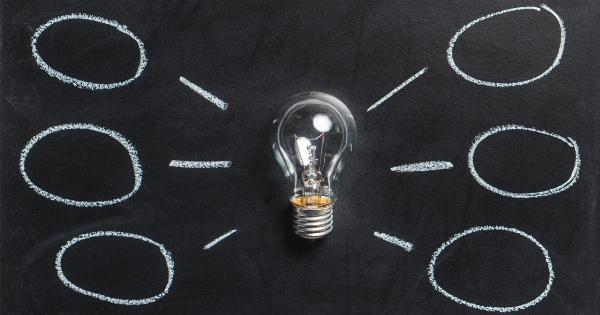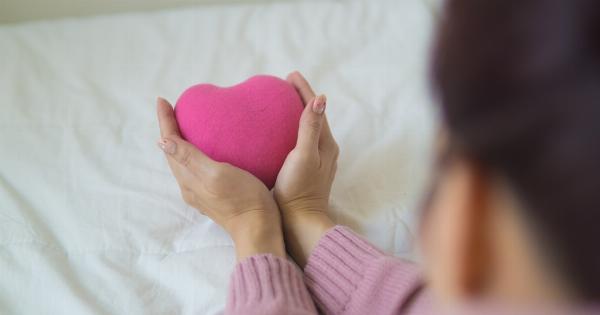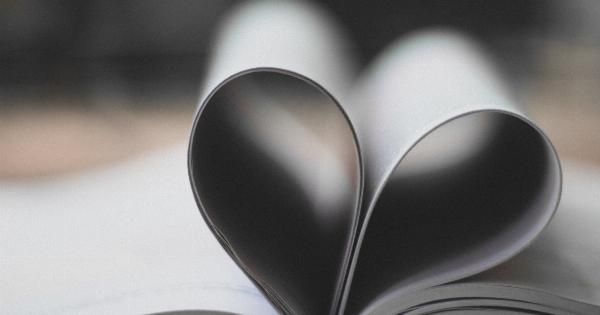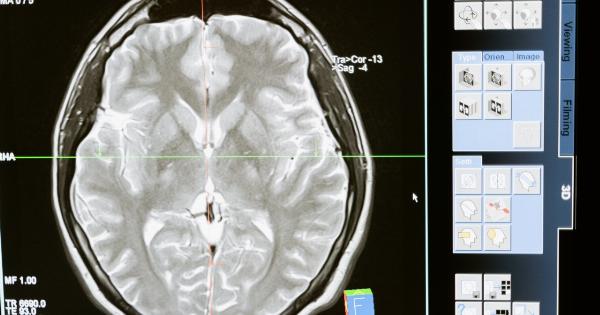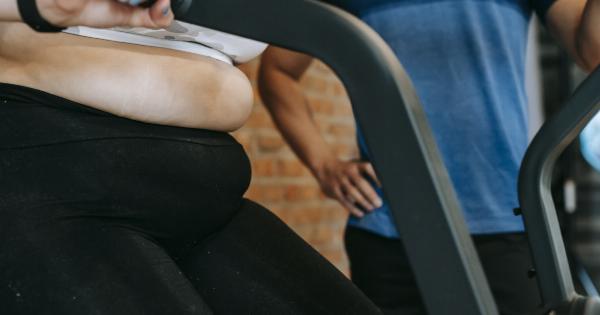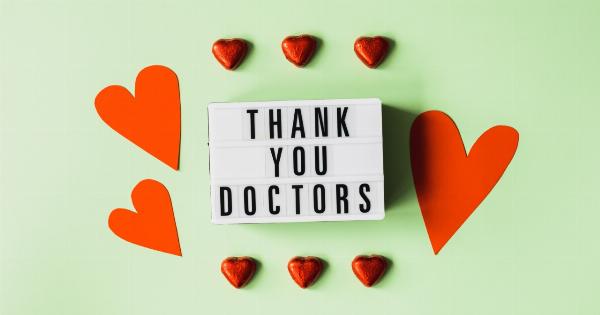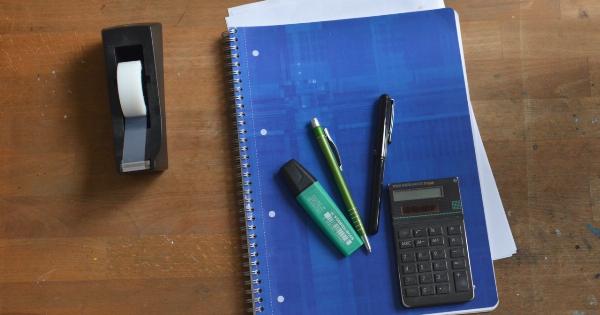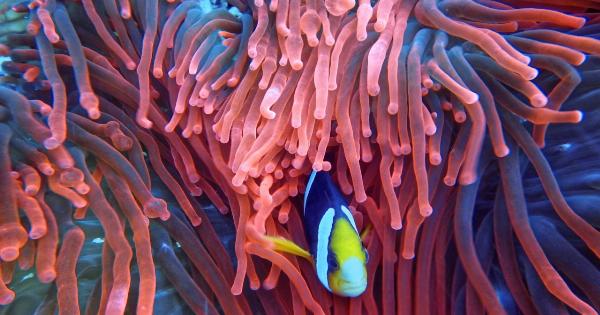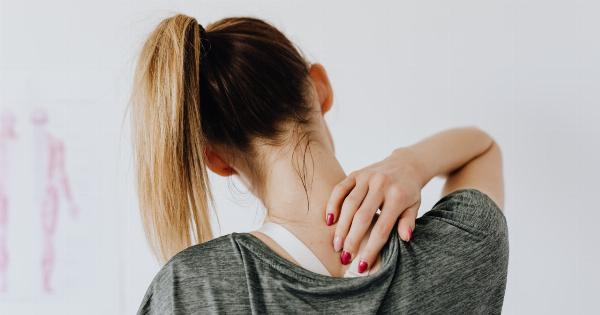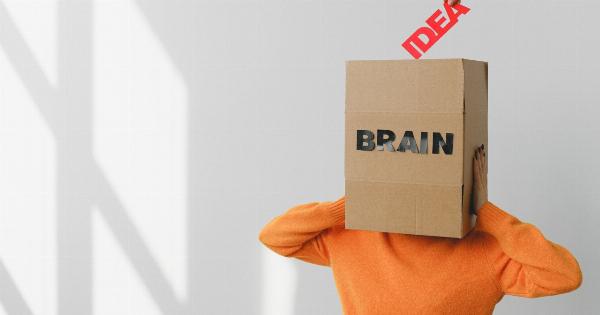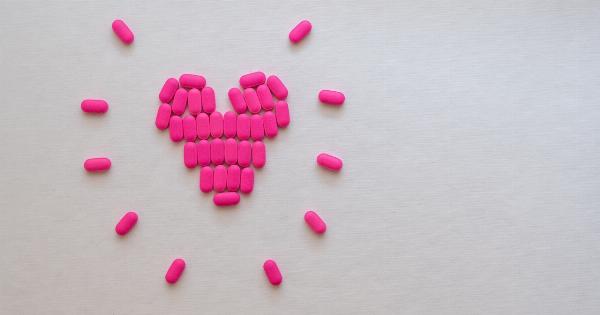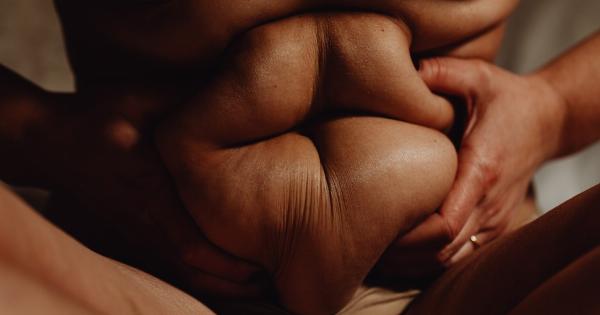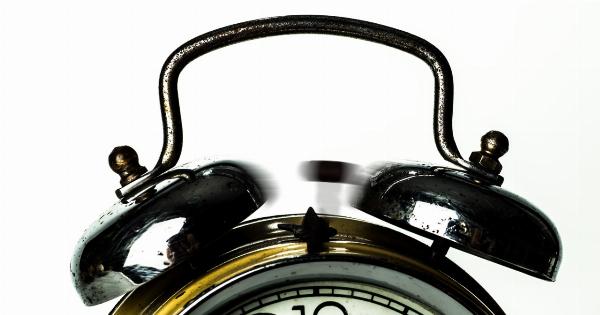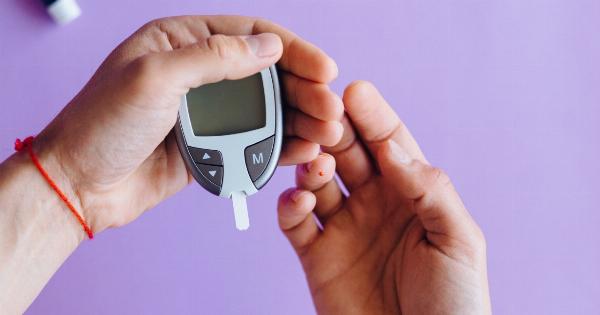Her heart beats with such a steady rhythm that it’s easy to forget that it’s the hardest working muscle in her body. The heart consists of 43 muscles and trillions of cells that pump her blood day in and day out, keeping her alive.
The Anatomy of the Heart
The heart is about the size of her fist, located behind the breastbone and weighs around 10 ounces. The heart has four chambers – two atria and two ventricles.
The atria are the upper chambers that receive blood from the body and the lungs, while the ventricles are the lower chambers that pump blood out of the heart.
The heart is protected by a sac called the pericardium and is surrounded by blood vessels, including the superior and inferior vena cava, pulmonary arteries, and veins, and the aorta.
The Function of the Heart
The primary function of the heart is to pump blood throughout the body, transporting oxygen and nutrients to the cells and removing waste and carbon dioxide.
The heart pumps an average of 2,000 gallons of blood each day and beats about 100,000 times per day.
How the Heart Beats
The heart beats through a process called the cardiac cycle, which includes two phases – diastole and systole. During diastole, the heart muscle relaxes, and blood flows into the heart.
During systole, the heart muscle contracts, and blood is pumped out of the heart.
The heart is regulated by the autonomic nervous system, which controls heart rate and rhythm. The sympathetic nervous system increases heart rate, while the parasympathetic nervous system slows it down.
The Importance of a Healthy Heart
A healthy heart is essential for overall well-being. Regular exercise, a healthy diet, not smoking, and managing stress are all crucial for maintaining heart health.
Heart disease is the leading cause of death in women, and a healthy lifestyle can significantly lower the risk of developing heart disease.
Signs of a Heart Attack
A heart attack occurs when the blood flow to the heart is blocked, causing the heart muscle to become damaged.
Symptoms of a heart attack include chest pain or discomfort, shortness of breath, nausea, lightheadedness, and pain or discomfort in the arms, back, neck, or jaw. If you experience any of these symptoms, seek medical attention immediately.
Women and Heart Health
Heart disease is often thought of as a man’s disease, but it affects women just as much.
The symptoms of a heart attack in women may be different than in men, and women are more likely to experience other symptoms, such as fatigue, nausea, and shortness of breath, than chest pain. It’s essential for women to be aware of the symptoms of a heart attack and to seek medical attention if they experience them.
Conclusion
The heart is the hardest working muscle in her body, consisting of 43 muscles and trillions of cells that keep her alive.
A healthy heart is crucial for overall well-being, and taking care of her heart through regular exercise, a healthy diet, not smoking, and managing stress can significantly lower the risk of developing heart disease.



